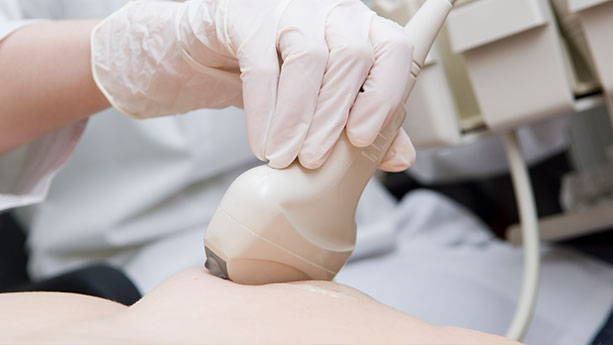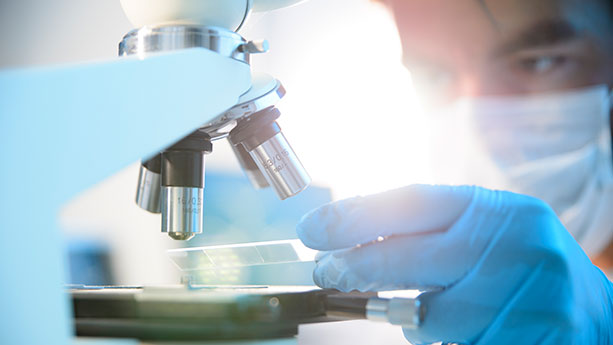When it comes to breast cancer, the best defense is a strong offense. Staying on top of your screening mammograms and then following up on any abnormalities can greatly boost your odds of surviving breast cancer.
CPMC’s Breast Health Center specializes in early detection and treatment of breast cancer. Because of this focus, we’ve been designated a Breast Imaging Center of Excellence by The American College of Radiology — the first San Francisco facility to receive this designation. CPMC also is accredited by the American College of Surgeons’ National Accreditation Program for Breast Centers (NAPBC), ensuring the highest quality care for diseases of the breast. Our Breast Health Center is now located in the Center for Women's Health Care at 2333 Buchanan Street in San Francisco.
Our center is staffed by breast health specialists who use the most advanced technologies to locate and diagnose abnormalities long before you or your doctor could notice them. We also provide comprehensive support services through our Women’s Health Resource Center, and unique offerings such as our Sister to Sister Breast Health Program.

Mammograms and Other Breast Exams
Mammograms can detect breast abnormalities at the earliest possible stage. If cancers are found early, less invasive treatment methods may be used with better overall outcomes. We encourage our patients to begin annual screening mammography at age 40, a recommendation supported by the American College of Radiologists and the American College of Obstetricians and Gynecologists.
Our breast cancer screening services include:
- Digital Mammography — Provides incredibly accurate images with lower doses of radiation. Digital mammography can be processed within seconds, stored for year-to-year comparisons and shared easily with all your doctors. It’s especially helpful for viewing dense breast tissue and hard to access areas.
- Breast Tomosynthesis — Also known as digital or 3D mammography, breast tomosynthesis takes multiple images of the breast, enabling radiologists to see through layers of tissue and examine areas of concern from multiple angles.
- Breast Ultrasound — Uses sound waves to evaluate palpable lumps or to evaluate certain findings detected with mammography to determine if the area of concern is a fluid-filled cyst or a solid tissue mass. It is often used in conjunction with mammography to get a better view of breast tissue and to make an accurate assessment.
- Breast MRI — Allows a radiologist to determine the extent of breast cancer after diagnosis. It can also be used as an early detection tool in women with known genetic factors. An MRI uses radiofrequency waves along with a substance called gadolinium, which is injected into the bloodstream, to highlight lesions in the breast.
- Breast Biopsy — If your mammogram results warrant more evaluation, you may undergo a breast biopsy, a procedure to obtain a small sample of breast tissue.
Breast Cancer Risk Assessment
Women who undergo breast screenings at CPMC can choose to have a free, personalized breast cancer risk assessment. This assessment estimates your risk of developing breast cancer during the next five years, based on your personal medical history and family breast cancer history. If you are at a high risk of developing breast cancer, you can meet with a breast cancer nurse to discuss the details and explore your options for genetic testing and counseling.














